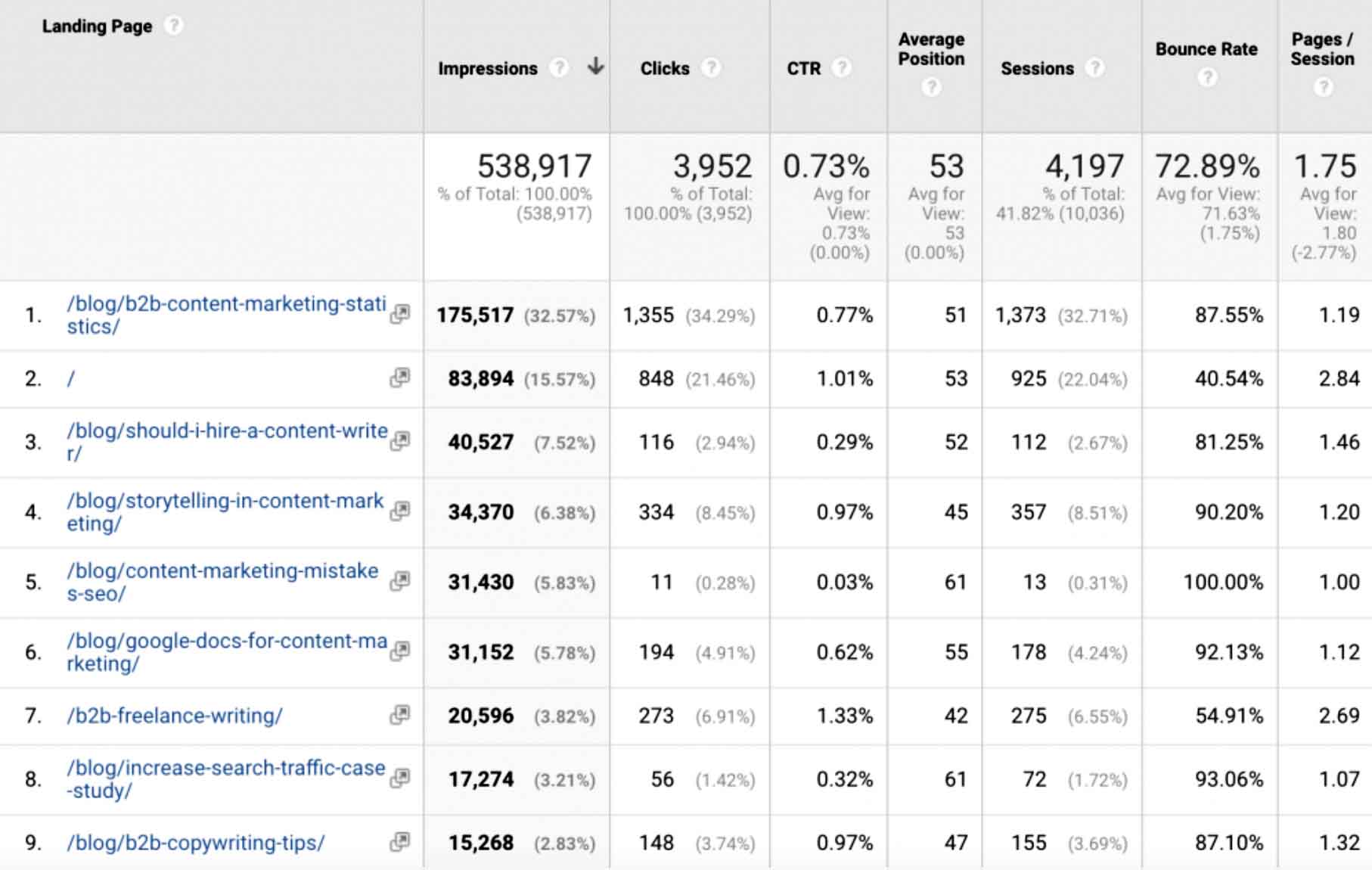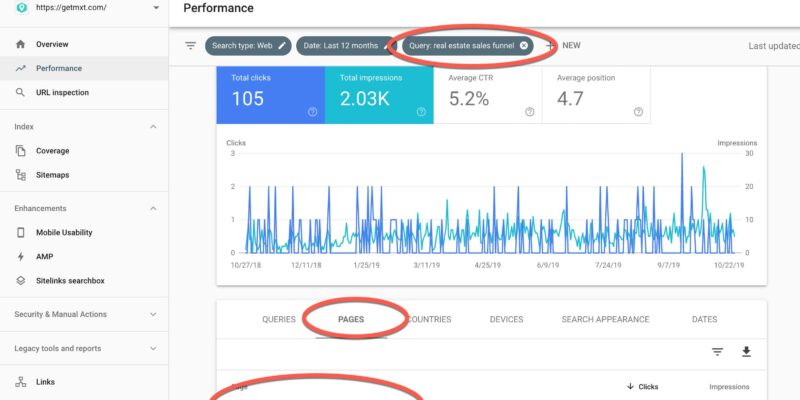Boosting traffic is a fine goal, but ultimately the point of all that traffic is to boost sales.
Google Analytics can help.

Your SEO campaign may be delivering more organic search traffic to your site, but is it boosting revenues?
The bottom line is the bottom line, and ranking among the top five results on a Google search gives you nothing but bragging rights if you aren’t converting the traffic boost into sales.
Google Analytics can help you monitor many aspects of your SEO campaigns. And with a little ingenuity, it can help you calculate the return on your SEO investment.

What is Return on Investment?
The formula for calculating your SEO return on investment is quite simple. Here’s how to express return on investment as a percentage:
ROI = [(R - I) / I] * 100.
In this equation, R is the return: how much you earn from a specific SEO campaign. The variable I represents the investment: the cost of the campaign.
In general, the investment is what you spend on an SEO agency, consultant, or internal staff members.
The return can be tougher to calculate.

How Can Google Analytics Calculate ROI
You can use Google Analytics to measure the response you’re generating for a given campaign.
You can then use the Cost per Click feature of Ahrefs or another tool to estimate the value of each visitor who comes to your site as a result of the campaign.
Alternatively, you can use Google Analytics to track the conversion rate of your landing pages and multiply it by the price of an average sale.
If your average sale is $100 and your conversion rate is 3%, then the return for each SEO-generated visit is $3.
Google Analytics can calculate ROI for you. Just find a page that shows how to evaluate the cost-effectiveness of a Google AdWords campaign and use your SEO costs instead of the price of the ad buy.
You can see details in the Google Analytics Cost Analysis report, which is found under the Acquisition reports Campaigns section.
For the Returns part of the ROI formula, you can use data from the Conversion reports to show the revenues generated by visitors in response to each campaign.

Benefits of Tracking ROI with Google Analytics
One advantage of setting up Google Analytics to track ROI is that you can then run reports for different campaigns and groups of campaigns, for particular time periods, for different cohorts or social media platforms, and so on.
With Google Analytics, you can slice and dice the data to identify which approaches and platforms are working best and which should be remedied or discontinued.
Once you’re comfortable with using Google Analytics to calculate and monitor ROI, you can add advanced concepts like customer lifetime value or evaluating the effectiveness of SEO-based organic search traffic versus paid advertising.

Other ways you can (should) use this info
Google’s BERT update is going to impact your long tail SEO queries. Time to measure benchmark your long tail traffic, to help measure if you’ve been BERT-slapped.
BERT helps Google’s algorithm better understand the nuances and context of words in search queries.
The deeper understanding means better matching for those queries with more relevant results and featured snippets.
“Better matching” means a change in rank distribution.
When Google Updates Quality Raters Guide
It takes a while to digest and document all the updates—it’s a long PDF! But the updates all seem to be about news, journalism, and trust.
There are more examples and clarifications added to help Google’s Evaluators determine quality of news and journalism websites than any other industry.
Google seems to be tackling the “fake news” thing head-on!
Newspaper mentions have been added several times in the first 25 pages or so, including new examples of reputation criteria—
Pulitzer Prize (was already in there), George Polk Award, Peabody Award, James Beard Award, Overseas Press Club Award…
…just to name a few.
Then there’s Social Media Marketing Reports
Jeff is a CMO for a major lifestyle and leisure brand. He has a corner office and an Executive Assistant. He has no time for excuses.
There are a lot of C-level execs who think like Jeff: “get to the point… is this working or not?”
If you work in marketing, you’ve probably dealt with a Jeff—either as a boss or a client. They want the answer and they want it now. And they want data to back it up.
That’s where your social media marketing reports come in.
